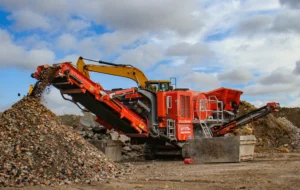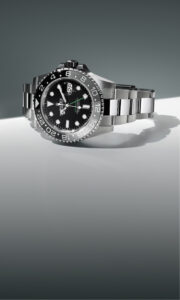
Maximizing production and guaranteeing effective operation depend much on the performance of a jaw crusher. Understanding the main indicators influencing its performance helps operators to maximize the crushing process, lower wear, and raise the general output. To guarantee that the jaw crusher runs as it should, good monitoring and maintenance of these indicators is absolutely vital. The efficiency of the crusher depends critically on elements including operational settings, feed size, and output size. These factors should be taken into account while selecting equipment for a flawless running of your jaw crusher.
Features of the Feed Materials

The feed material is among the main determinants of jaw crusher performance. The effectiveness of the crusher can be much changed by the material’s hardness, size, and moisture content. Because harder materials need more power to crush, wear and throughput may suffer. Furthermore, causing obstructions or lowering the jaw crusher’s efficiency are irregularly shaped materials or big particles. Knowing the material characteristics guarantees that the crusher is adjusted to manage the work without needless effort.
Crushing Chamber Modifications
Another crucial parameter influencing the performance of a jaw crusher is changing its crushing chamber. The intended output size should guide the optimization of the discharge opening the gap between the jaw plates. While a bigger distance lets you create a coarser output, a smaller gap produces finer material. Making sure the chamber is configured correctly for the processed material optimizes efficiency and helps to lower pointless energy usage. Best performance depends on routinely changing the chamber to match the feed material.
Jaw Crusher Configurations
A jaw crusher’s output can be much influenced by its operational settings—that of speed and stroke, among others. These settings control the degree of movement of the jaw plates, therefore affecting the quality of the resultant product as well as the effectiveness of the crushing operation. A well-optimized jaw crusher will provide constant and equal crushing of the material, therefore lowering machine wear and energy consumption.
Repair and Inspection in Maintenance
Maintaining the best performance for any jaw crusher depends critically on regular maintenance and inspection. Degradation of wear components, including bearings and jaw plates, over time influences the output and efficiency of the crusher. Preventing malfunctions and guaranteeing flawless performance depend on routine inspections for wear and tear, lubrication, and component tightness. Correct maintenance is essential in maximizing jaw crusher performance since it not only prolongs the life of the equipment but also helps to sustain its output.



















